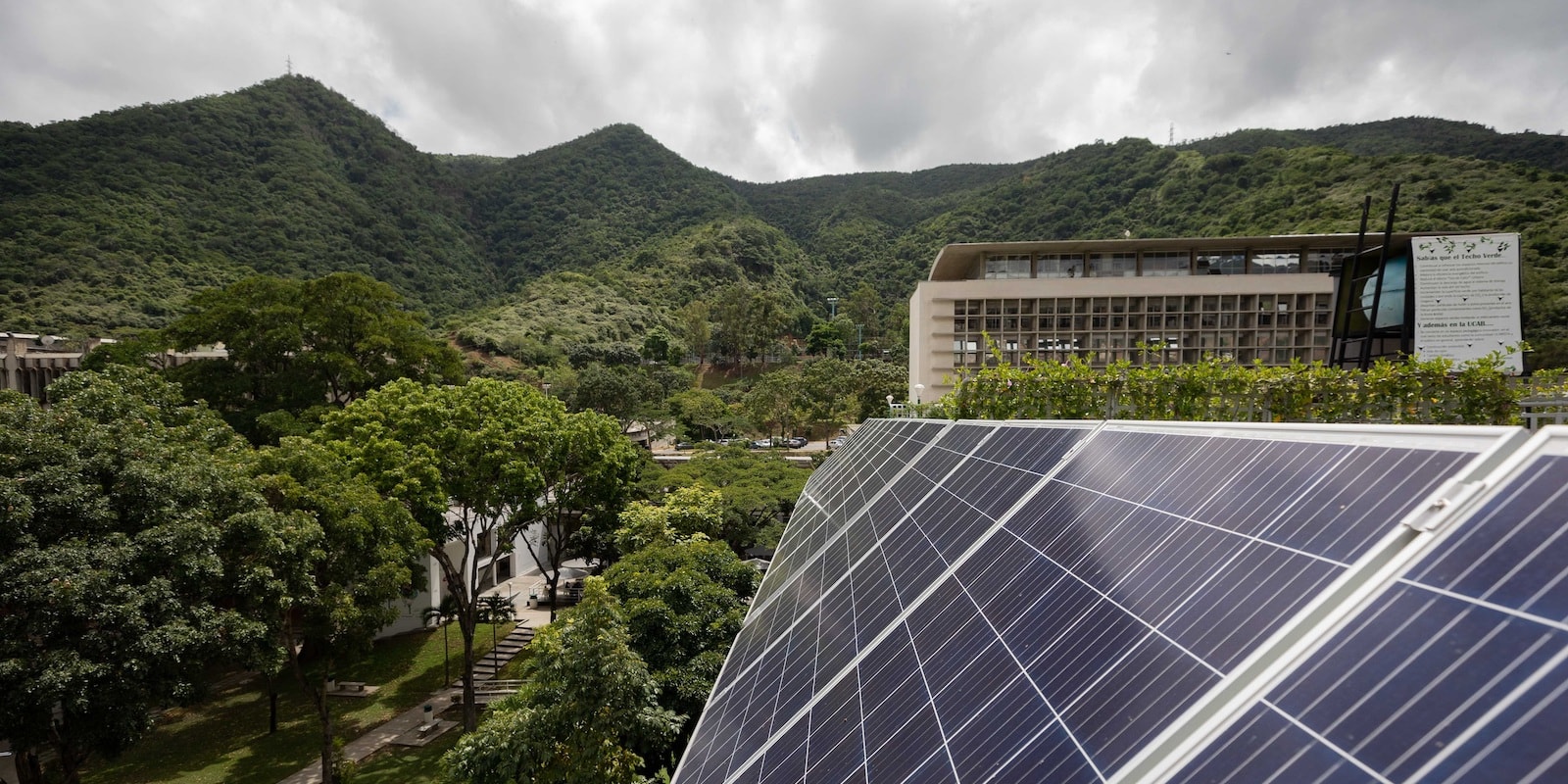Thursday, April 3, 2025
The development of this technology opens a new paradigm in the creation of alternative energy sources. In this article, we explore how these systems work and take a look at some of the prototypes currently in development.
Renewable generation in the Spanish electrical system reached 56% in 2024, an increase of 5.6 percentage points compared to the previous year, showing that the pace of energy implementation is gaining momentum.
Amid that strong trend, solar energy stands out with over 32,000 megawatts of photovoltaic generation capacity. Something that wouldn't be possible without tools such as solar panels. And while it may seem obvious that solar systems depend heavily on weather conditions, several prototypes of nocturnal solar panels have already been developed, designed to function not only on cloudy days but even at night, when there’s no direct sunlight at all.
The development of this technology opens a new paradigm in the creation of alternative energy sources. Unlike photovoltaic and thermal solar panels, which use active cooling mechanisms, most nocturnal panels employ a passive cooling mechanism (radiative cooling) to keep the colder part of the thermoelectric generator several degrees below the ambient temperature, so that the air can heat the other side of the generator. It’s this temperature difference that gets converted into electricity.
Researchers working on this technology explain in technical publications that, for now, it can generate enough power to light a LED. Moreover, some prototypes also incorporate an element known as LPP (long-persistence phosphor), which stores solar energy for longer periods, making it possible to keep generating electricity even when there’s no direct sunlight, such as on foggy or rainy days.
Projects already under development
So, what are these prototypes like? Is it really possible to have solar panels that work at night? Engineers from Stanford University, led by researcher Sid Assawaworrarit, are exploring how infrared radiation could eliminate the need for traditional batteries in solar panels, allowing them to operate even during daylight hours with limited sunlight.
Although it's still being tested only on the university’s rooftop, the system has already managed to generate around 50 MW per square meter of solar panel. Their own researchers are optimistic, believing that energy output could potentially double under more favorable nighttime conditions.
Meanwhile, another Californian institution, the University of Davis, under the supervision of Professor of Electrical and Computer Engineering, Jeremy Munday, is developing prototypes of nocturnal solar photovoltaic cells that can generate small amounts of energy.
The objective is for this prototype to eventually replace the use of batteries in solar panels, offering greater efficiency both in terms of energy output and cost. This would enable continuous electricity generation at night, without being entirely dependent on solar radiation.
Finally, the Reflect Orbital startup plans to launch satellites equipped with mirrors that reflect sunlight towards Earth at night. The idea is to direct radiation toward solar farms, allowing them to keep generating power even after sunset. Although satellite tests haven’t been carried out yet, the company did test the this mirror using a hot air balloon, which flew over a solar farm and generated 500 watts of energy per square meter of solar panel.
All of these projects are paving the way for a new approach to renewable energy, one that’s becoming increasingly plausible. Sooner rather than later, we may find ourselves living alongside these innovative nocturnal panels, taking another step toward decarbonization and accelerating the energy transition.
¿Te ha parecido interesante?





